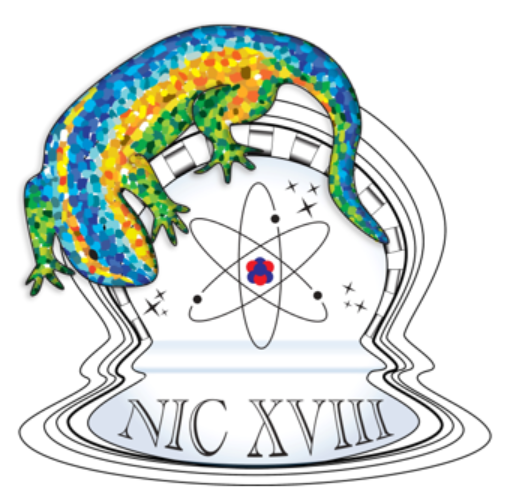https://doi.org/10.1140/epjd/e2005-00007-y
Discrete-step evaporation of an atomic beam
Laboratoire Kastler Brossel (Unité de Recherche
de l'École Normale Supérieure et de l'Université Pierre et
Marie Curie, associée au CNRS.
) , Département de Physique de l'École Normale Supérieure,
24 rue Lhomond, 75005 Paris, France
Corresponding author: a david.guery-oldelin@lkb.ens.fr
Received:
9
September
2004
Published online:
25
January
2005
We present a theoretical analysis of the evaporative cooling of a magnetically guided atomic beam by means of discrete radio-frequency antennas. First we derive the changes in flux and temperature, as well as in collision rate and phase-space density, for a single evaporation step. Next we show how the occurrence of collisions during the propagation between two successive antennas can be probed. Finally, we discuss the optimization of the evaporation ramp with several antennas to reach quantum degeneracy. We estimate the number of antennas required to increase the phase-space density by several orders of magnitude. We find that at least 30 antennas are needed to gain a factor 108 in phase-space density.
PACS: 32.80.Pj – Optical cooling of atoms; trapping / 39.25.+k – Atom manipulation (scanning probe microscopy, laser cooling, etc.) / 05.30.Jp – Boson systems
© EDP Sciences, Società Italiana di Fisica, Springer-Verlag, 2005







